3 Safety Issues with RV Tires

There is a lot of information available regarding Tire Pressure Monitoring Systems (TPMS) for recreational vehicles and for good reason. Tire blowouts and other tire issues can create costly damage to your RV and create safety issues when traveling. RV tire issues can put an end to a well planned trip in an instant. There are 3 safety issues you need to be aware of with RV tires before you hit the road.
Let’s look at the 3 main tire issues that are addressed with an RV TPMS:
Tire Issue #1: Improperly inflated tires
Improperly inflated tires are one of the leading causes of tire blowouts. Being underinflated is worse than being overinflated since it generates more heat, but they both carry consequences and should be avoided when RVing. A good TPMS system will allow you to set high and low pressure parameters, and it will alert you if your tire pressures get outside of this safe range.
Tire Issue #2: High heat
High heat on a tire is the main issue that leads to a tire blow out. Underinflation, ambient temperature, and even locking brakes can create high heat on a tire. Monitoring the temperature of your tires is crucial in preventing tire issues. A good RV TPMS will monitor both pressure and temperature. Tire pressure alone does not tell the whole story, and you do not want to get a system that will not monitor both of these points of data.
Tire Issue #3: Too much weight on your tires
Think about it. The air in your tire carries the entire load of your RV. That’s a big deal, especially when all tires are not rated for the same amount of weight and even speeds. As RVers, we know that when an RV says you have 1,500 pounds of Cargo Carrying Capacity, you really believe you can stay within that weight limit when packing your RV. Statistics would show that the truth is, we rarely do, and many RVs on the road are overloaded which means the tires are overloaded causing strain on them which could result in tire issues.

In order to know how much weight you have on your tires and more importantly if you have too much weight on your tires, it’s important to get your RV weighed at each tire position, if possible. With this information, you can calculate the proper pressures needed for the load that you are carrying. Every tire manufacturer has a tire inflation chart that will tell you what pressure to have in your tires based on the load that you are carrying. If you are unable to have your RV weighed at each tire position, the next best thing is to get it weighed by axle at a CAT scale which can be found at most truck stations. Remember, carrying too much weight on a tire is the same as underinflation to a tire which is why it is so important you know how much your RV weighs fully loaded while traveling.
The very first step of installing an RV TPMS is to make sure you know the proper pressure for your tires. It can’t do its job if you don’t even know where your tire pressure should be. Remember, underinflation is worse than overinflation because underinflation causes heat, and high heat can be the death of a tire, so never just guess on the pressure you should be running in your RV tires; you might be guessing low which could be dangerous in the long run.
What Is A Tire Pressure Monitoring System (TPMS)?
A Tire Pressure Monitoring System (TPMS) is an electronic system designed to monitor the air pressure inside of a vehicle’s tires. A really good TPMS will also monitor the temperature of the tires as well. A TPMS system will include sensors for each tire being monitored and a display monitor that reports the pressure of each tire. The purpose of a TPMS is to warn the driver of any tire issues that may create unsafe driving conditions.
An RV Tire Pressure Monitoring System is designed to alert you if any of your tires do not meet your tire pressure specifications. With usually more than 4 tires to monitor, including dual tires and towed vehicles, an RV TPMS is a must. It’s important to note that the majority of RVs do not come with factory TPMS systems, as this is not mandated for the production of recreational vehicles. There are a couple of RV brands that are getting into the TPMS market and installing systems on new trailers, but if you are like most RVers, you need to get yourself a tire pressure monitoring system that will monitor your tires and let you know if anything is out of the ordinary.
Why Do You Need A TPMS For Your RV?
Tire failure can begin to occur without the driver even knowing it. An underinflated tire causes the temperature to rise on the tire, and once most tires get above 200 degrees Fahrenheit, the compounds in the tire start to break down, and this is when a blowout occurs. A vehicle equipped with a tire pressure monitoring system, or TPMS, can alarm you of dangerous underinflation issues, and in most cases, in time for you to get off of the road before a tire blowout occurs. In addition to improved safety, having proper pressure in your tires will improve fuel economy, extend the life of your tires, and reduce emissions.

Here’s an example: An RVer is traveling in a Class A motorhome with six tires on the motorhome. They are also towing a passenger vehicle behind them, so that’s another 4 tires. As the RVer is driving, the back right tire on the towed vehicle picks up a nail and creates a slow leak. As the tire leaks down, the temperature on the tire rises, and the sidewall of the tire is stressed. Bam, a blowout occurs, and maybe you feel it or maybe you don’t. Next thing you know a car pulls up next to you and starts waving you down. You pull over to realize your tire is shredded, the rim is damaged and the wheel well of the car is damaged as well. Luckily the RVer is safe in this example, but the damage is done.
What about 5th wheels and bumper pull RVs? They can all have the same tire issues and oftentimes the blow out can not only create a safety issue, but can rip out the underside of a towable RV creating even more costly damage.
An RV TPMS can prevent most tire blowouts by alarming you of a slow leak or even a rapid pressure release. If the TPMS also monitors temperature, and it should, then if you have brakes not completely releasing, or even bearings seizing, then the heat will be detected and the system will alarm you.
TPMS Brands
There are several brands of tire pressure monitoring systems monitoring systems on the market right now. The two you hear most about (and by far the industry leaders) are Truck System Technologies (TST), and TireMinder. I have tested both of these extensively, and if you are going to get a system outside of these 2 brands, then you should make sure you do your research.
There are systems on Amazon for as little as $40, and I can assure you that they will not last, and likely will not truly work from day one. Cheap systems have cheap sensors that struggle to keep up with the daily grind, and these cheap systems will certainly have communication issues. You are protecting your RV tires for safety reasons; do not buy a cheap, no name TPMS.
Which Tire Pressure Monitoring System Is Best?
As a full time RVer, I choose the TST 507 TPMS as the best RV tire pressure monitoring system you can get. It is true, I am biased, and my bias is 100% based on my research and use of all the major brands on the market. The TST 507 TPMS tops my list due to the quality of the product, the superior protection levels, TST’s commitment to customer service and TST’s dedication to constant research and development. You may pay a little more for a TST TPMS than some of the other brands, but the value, reliability, and warranty are well worth it in my opinion.
After research and testing most reputable units, I believe the TST brand is the best unit on the market for a lot of reasons. First, TST is a tire company; tire safety is all they do. Be aware of TPMS companies that do not have a home office, and are just farming in cheap products from overseas. TST is owned by Pressure Systems International which is the largest manufacturer of auto inflation system in the world. Next, besides the superior quality of the product, the TST hits all of my must haves like the following:
- Color monitor
- Multiple sensor options
- Multiple mounting options
- Pressure activated sensors
- Customizable parameter settings
- Dedicated monitor with PSI and temperature on the same screen
- Scrolling data removing the need to push buttons
- Comprehensive 3-year warranty
I also recommend the TireMinder i10 model of TPMS because of its affordability and reliability. It may not have the robust features and options (and 3-year warranty) that the TST 507 does, but it is still a great TPMS that will keep you informed and alarmed in the event of a tire issue. We rarely have issues with this unit, and it is regarded as one of the best TPMS on the market by fellow RVers.
You can learn more about the differences between the TST 507 and TireMinder TPMS models in the video below.



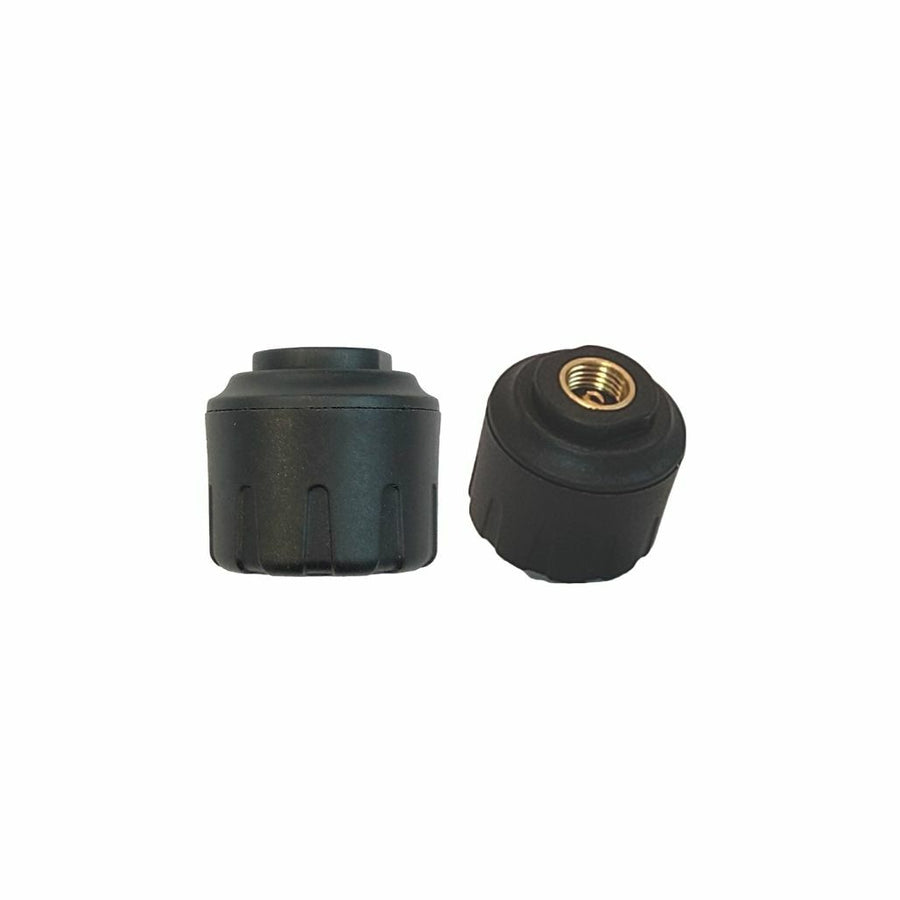
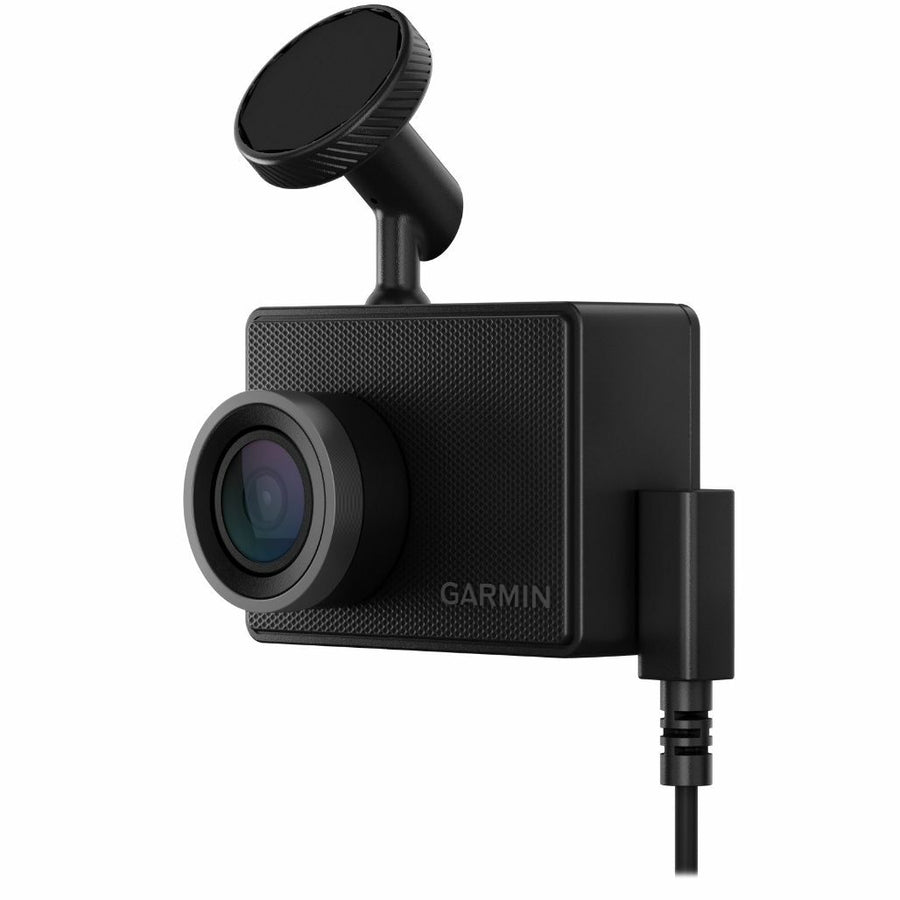
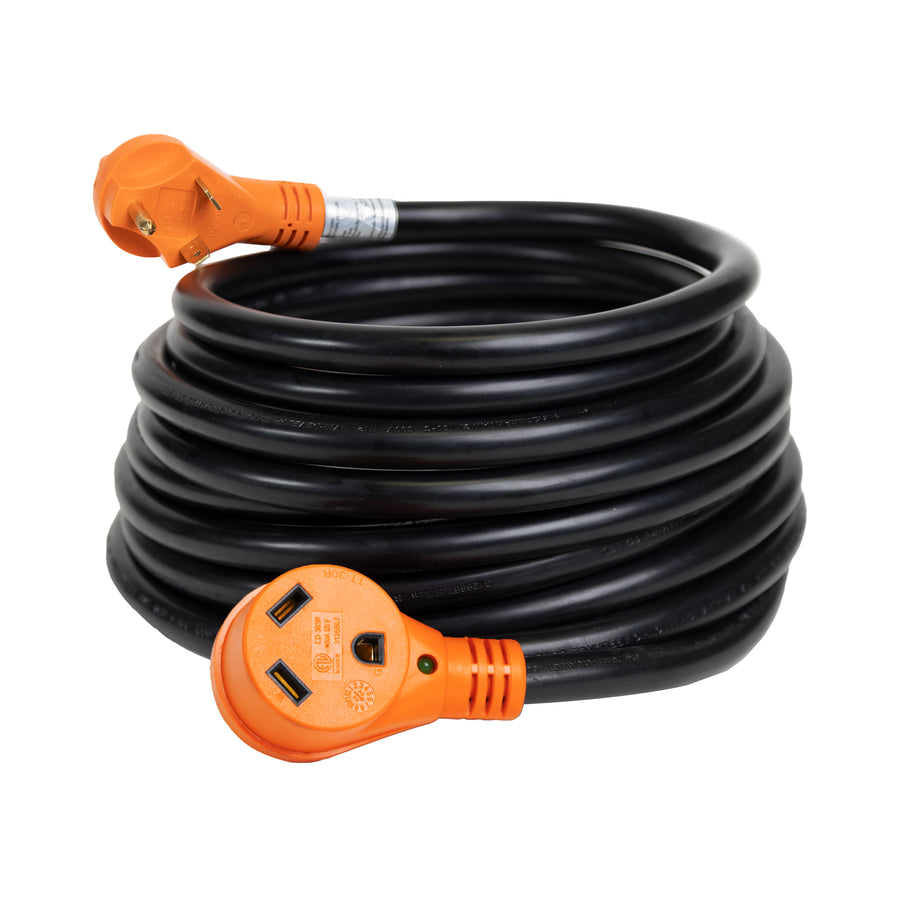
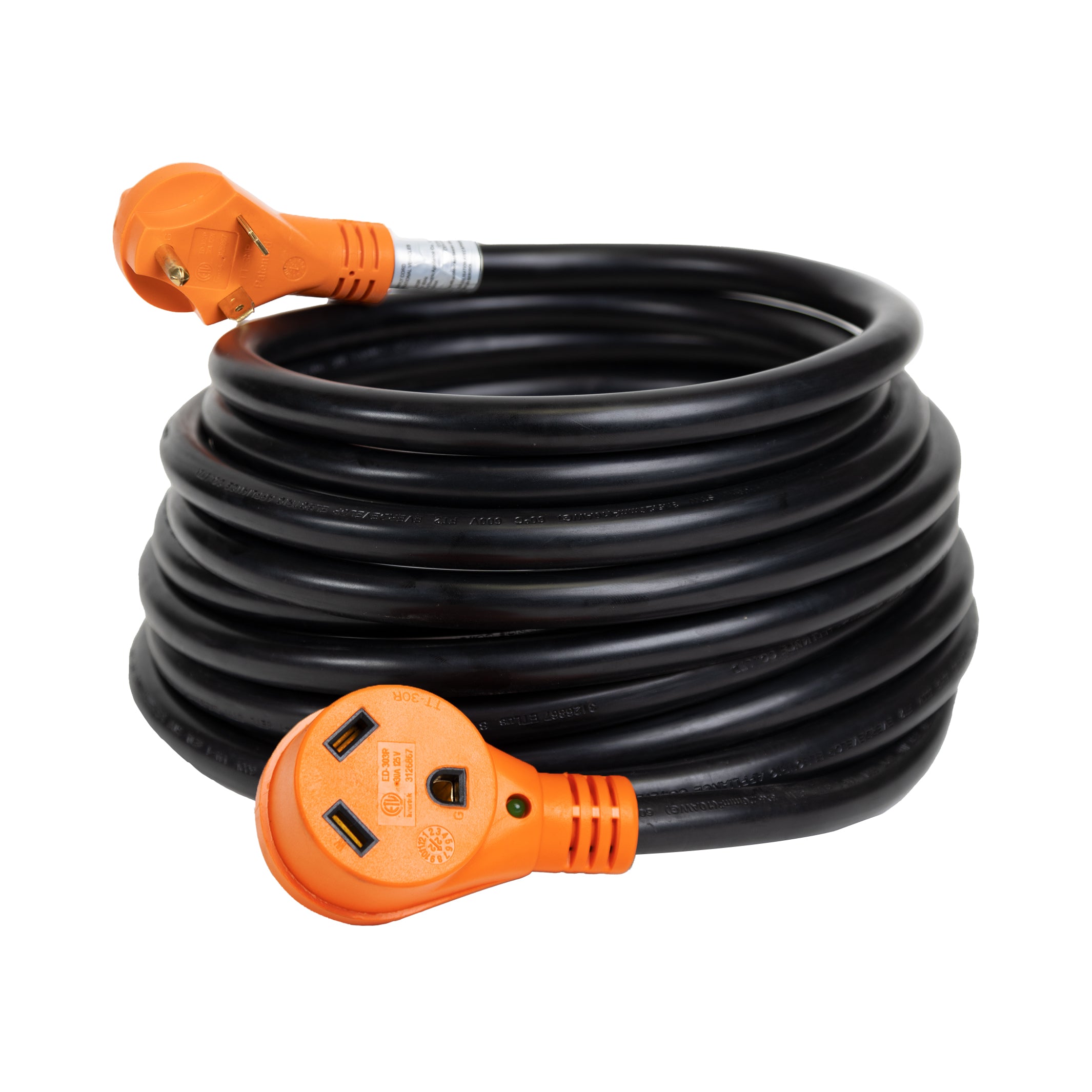
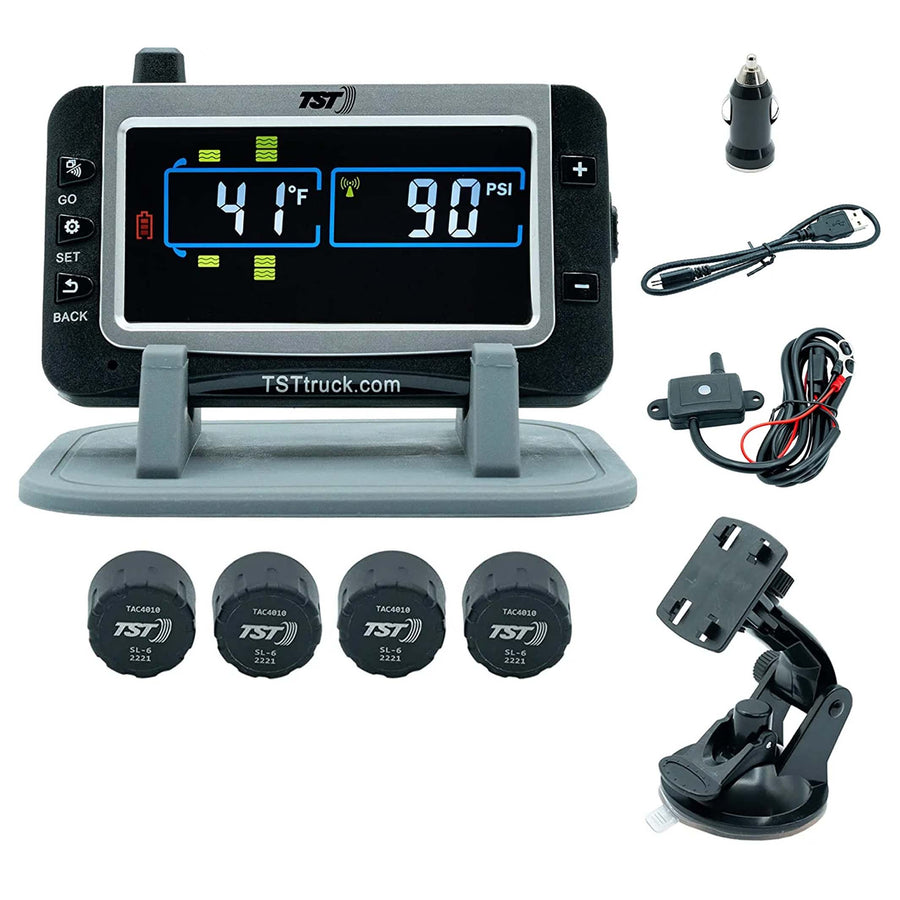
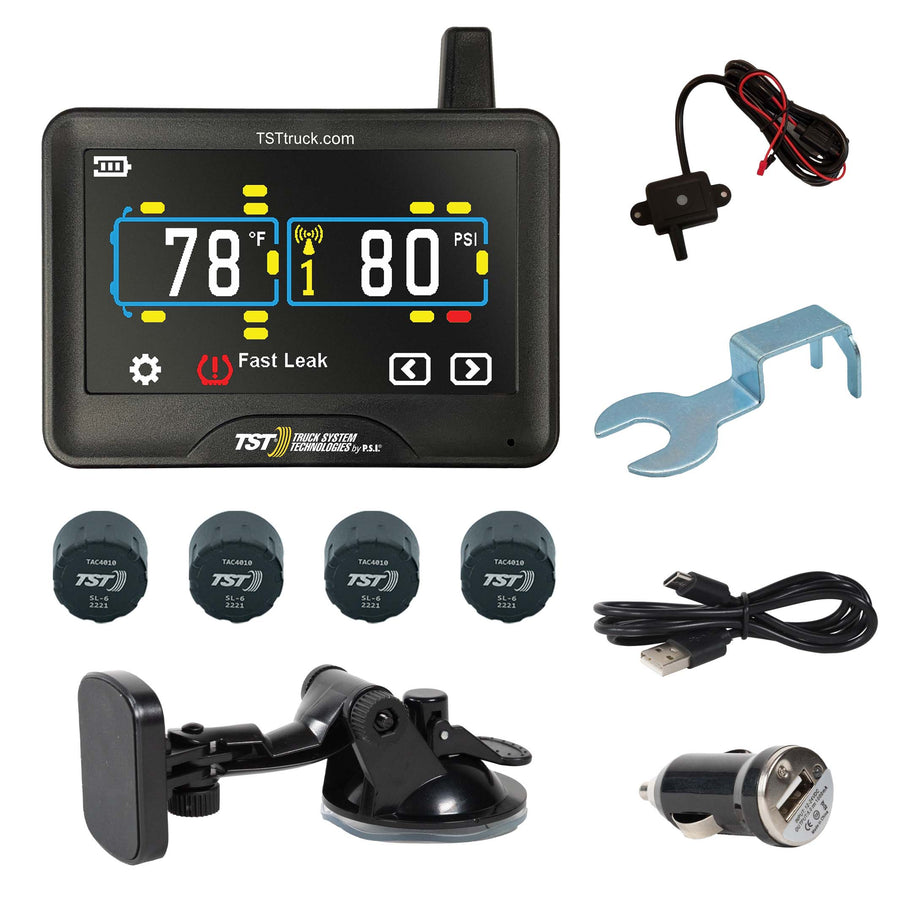
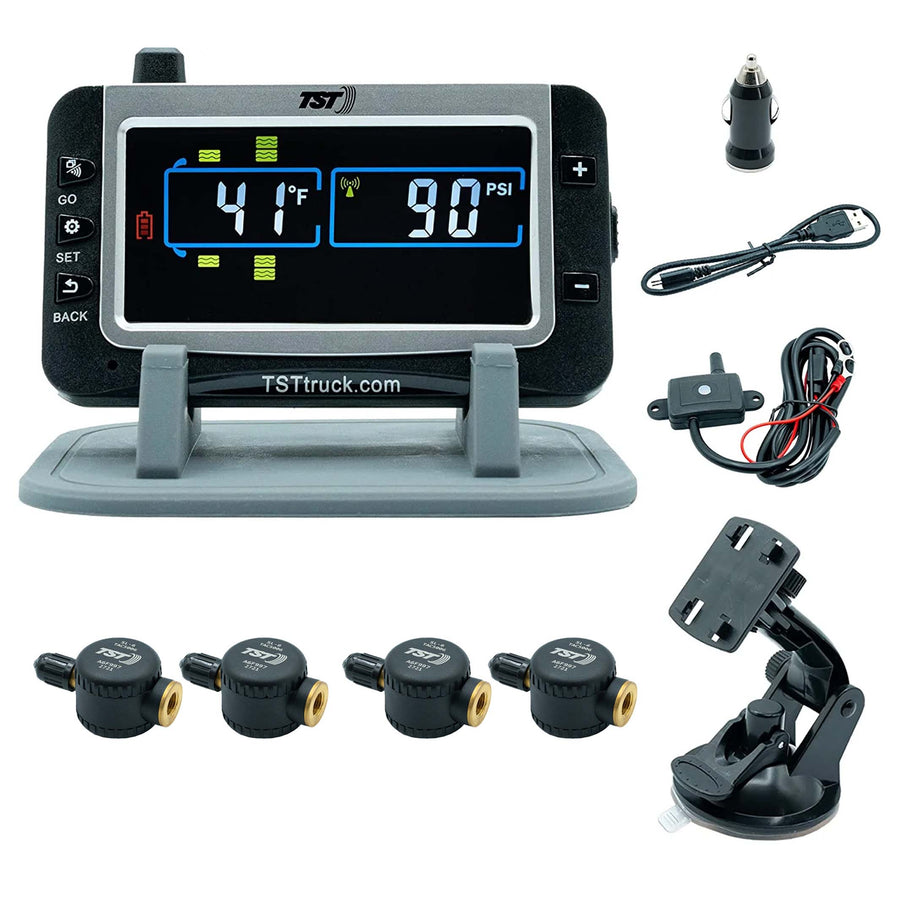
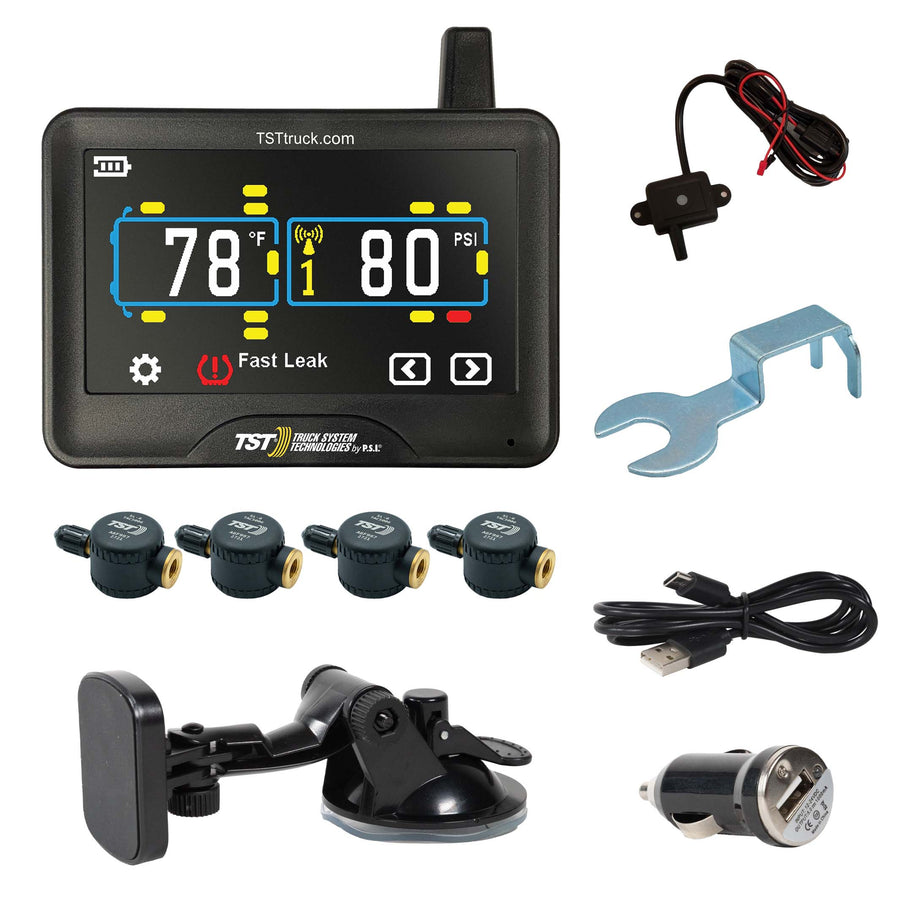

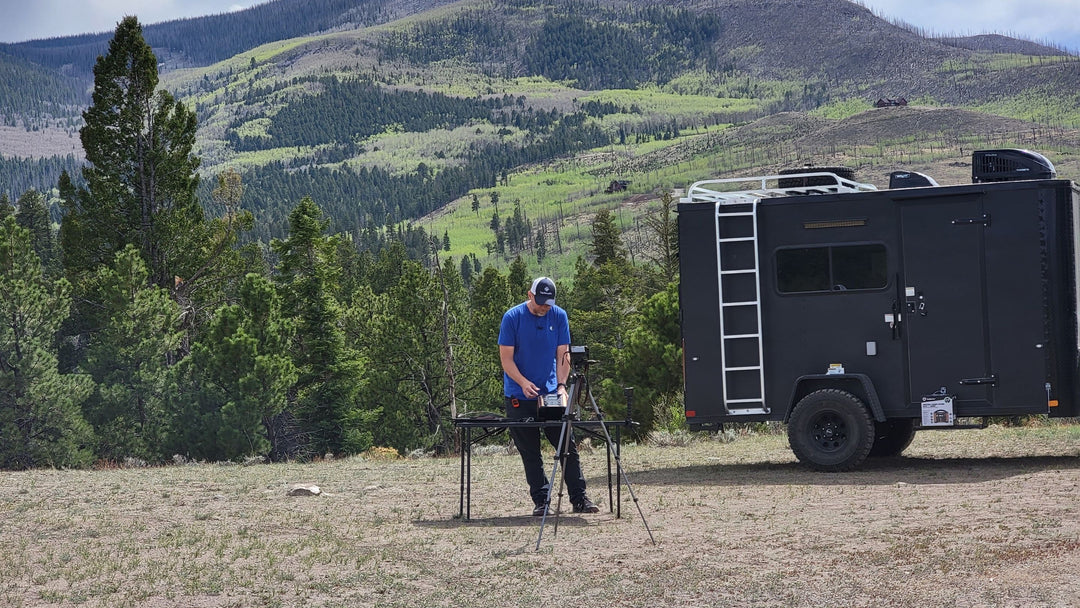
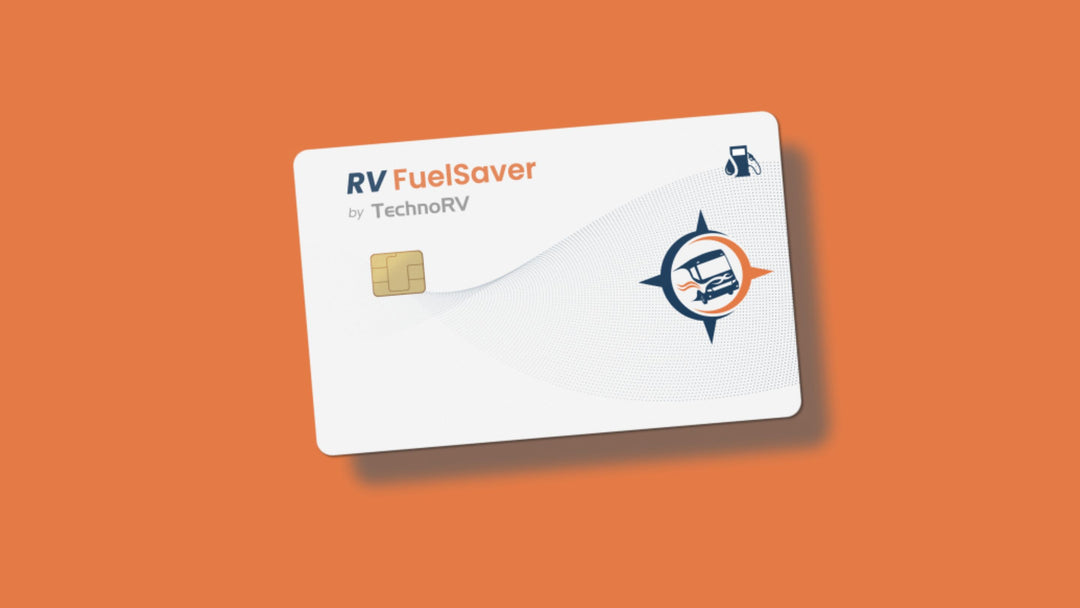
Leave a comment